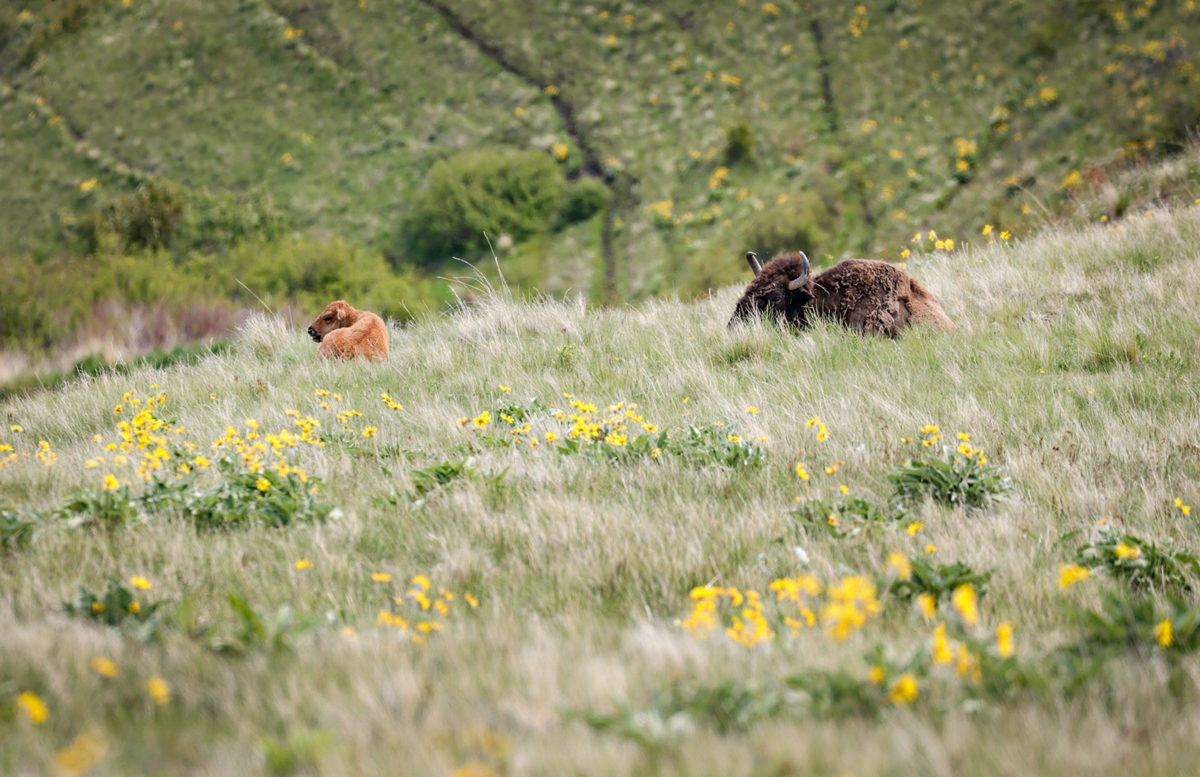Return of the Buffalo
Over three days the Salish and Kootenai celebrated the restoration of the Bison Range to tribal ownership allowing them to manage the resources and wildlife for the first time in 112 years
By Micah Drew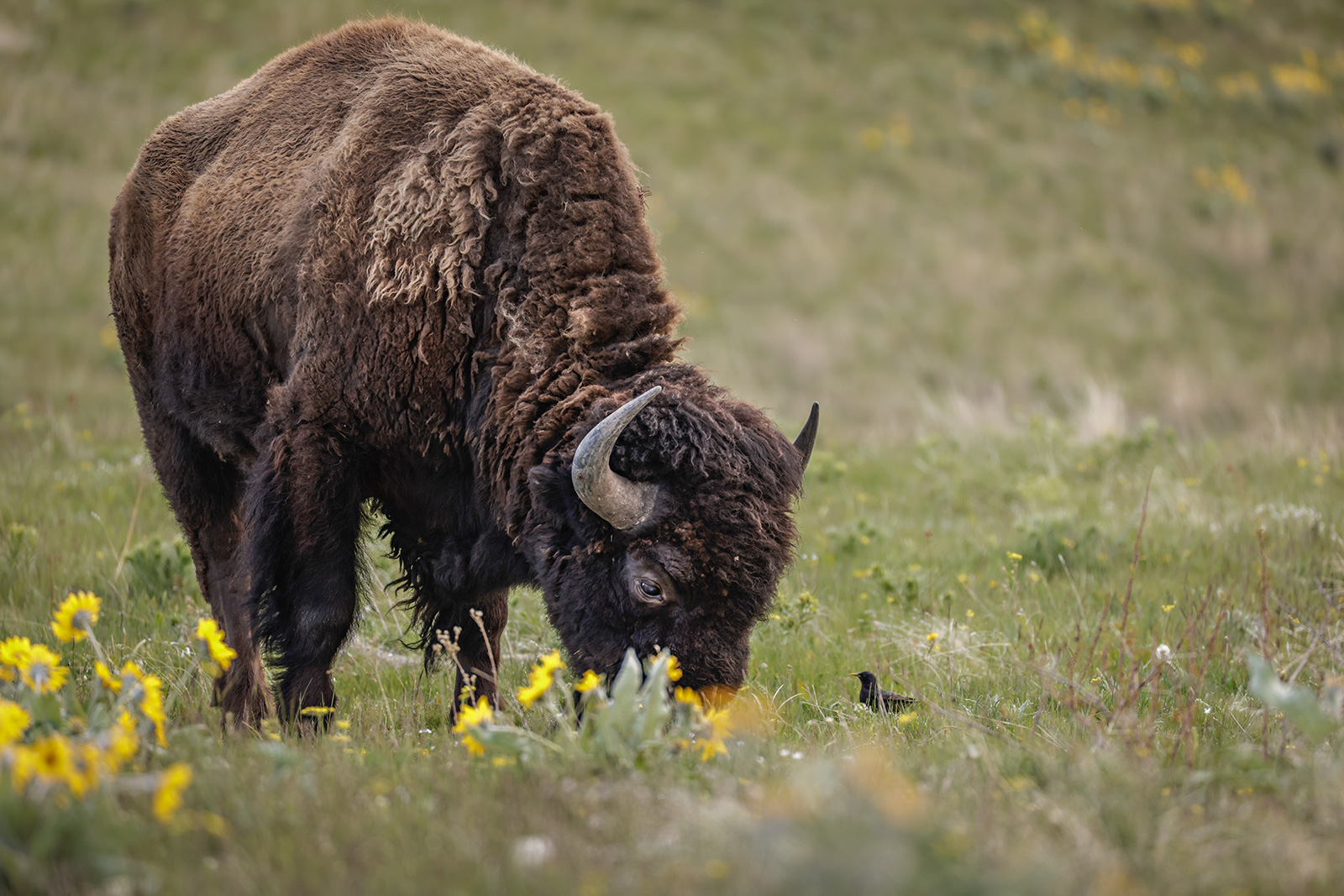
Red Sleep Mountain rises 2,000 feet above the floor of the Mission Valley, one of the best vantage points to take in the dramatic expanse of the Mission Mountains that form the valley’s eastern border. The top of the mountain is only accessible via a one-way dirt road that winds through 18,524 fenced-off acres in the heart of the Flathead Indian Reservation.
That swath of land is home to deer, elk, bears and approximately 455 bison, a herd of animals whose history is intricately bound to the Salish and Kootenai people.
However, for more than a century that parcel of land was federally owned and managed by the U.S. Fish and Wildlife Service (FWS) as a National Wildlife Refuge known as the National Bison Range (NBR). Tribal members were cut off not only from their ancestral land and the herd of bison they helped bring back from the brink of extinction, but from their ability to leverage generations of resource conservation knowledge to protect the landscape and habitat within the fence line.
For decades, the Confederated Salish and Kootenai Tribes (CSKT) actively sought to restore ownership of the NBR to allow the Salish and Kootenai to resume full management responsibilities of the range.
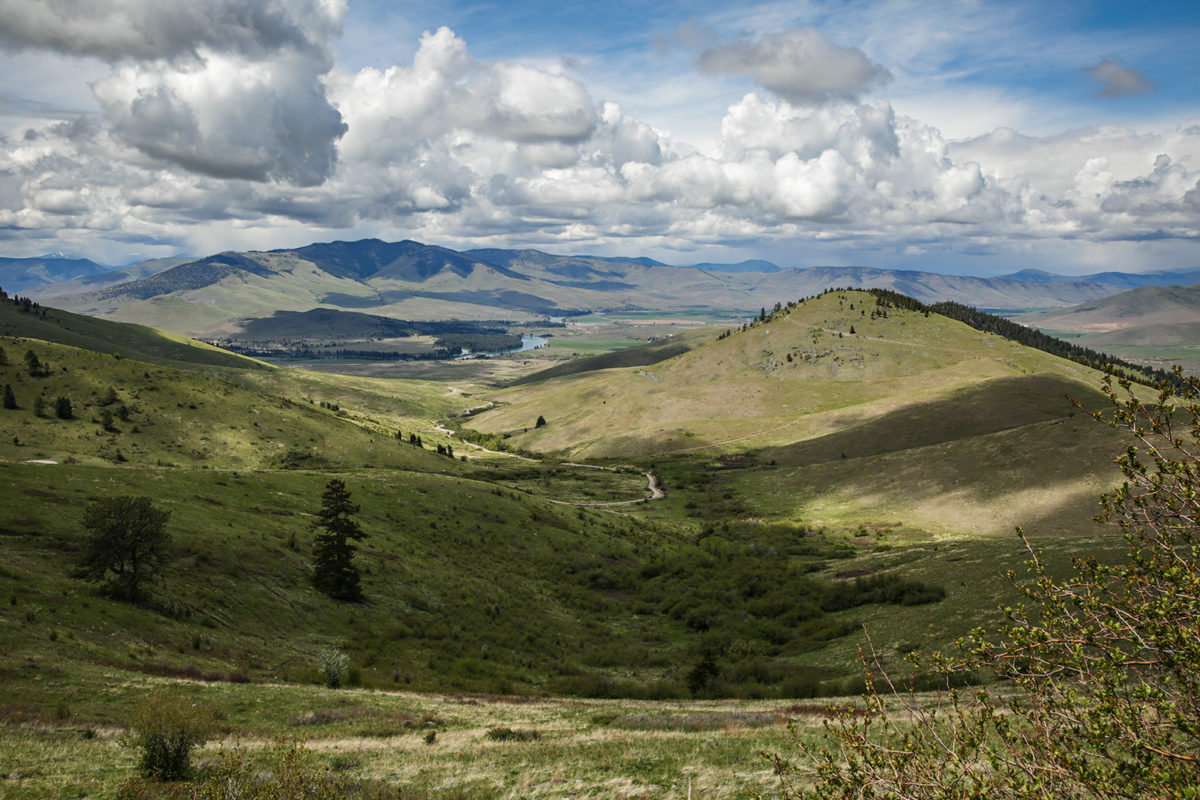
Rich Janssen, head of the CSKT’s Natural Resource Department (NRD), said in a 2015 interview with Montana Public Radio that he believed the range would be returned in his lifetime.
“I just had that feeling back when I was 45, I felt in my heart that I thought it was going to happen,” Janssen said last week. “You know we just weren’t going away until it was done, and when I turned 50 it happened.”
Legislation to restore the Bison Range was included in the 2020 annual omnibus spending bill, known as Public Law 116-260, which was signed on Dec. 27, 2020, transferring the land to the Bureau of Indian Affairs to be held in a trust for the tribes, effectively restoring the land forcefully taken more than a century ago.
“The range was always a postage stamp of pink, which is the federal land color, on our land status map for so long,” said Whisper Camel-Means, division manager of fish, wildlife, recreation, and conservation for the tribal NRD. “Now it’s green, the tribal ownership color, and we don’t want this hard border anymore. Yes, we have a fence to keep the bison in. But as much as we can I want to see that line blurred, making the bison range holistic with the rest of our management and the rest of our reservation.”
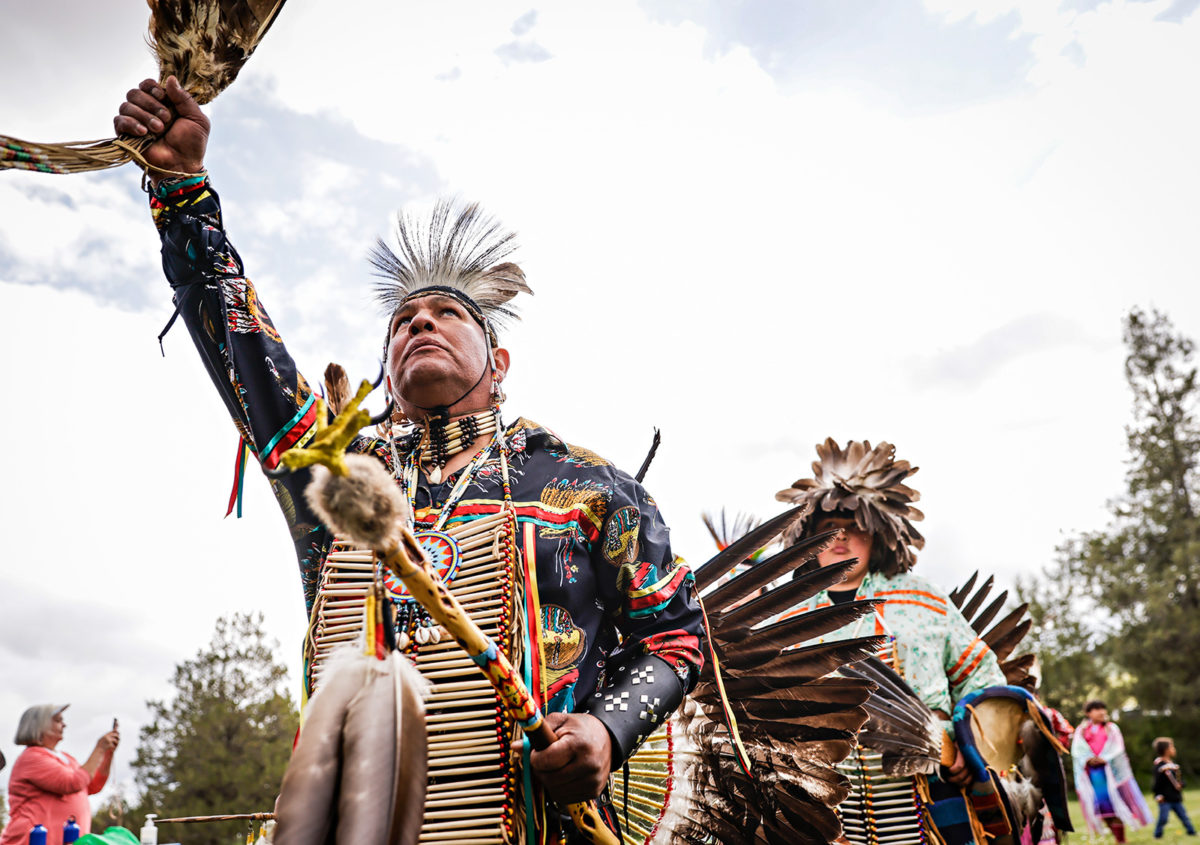
While the legislation restoring the Bison Range was signed in late 2020, it wasn’t until January of this year that the transfer was completed. As a culmination of decades of work, as well as to commemorate the opening of the range under full tribal management for the first time, the CSKT held a three-day celebration last week that began with prayers, dances, and a powwow on Friday, May 20 and ended with half-price admission to the Bison Range on Sunday, May 22.
The ceremonies reached a peak on Saturday afternoon inside the gym of the Salish Kootenai College in Pablo. A multigenerational crowd packed the venue and, after songs by Flathead Nation singers and opening prayers by tribal elders, the first Native American Secretary of the Interior Deb Haaland took the stage, tearing up as she started speaking.
“I cannot help but imagine what this area looked like before European contact with vast herds of bison roaming the plains, when our Indigenous ancestors lived on this land alongside the plethora of animals and each respected their place in the balance of nature,” Haaland began. “With the loss of tribal homelands and the depletion of the buffalo herds, Plains tribes lost traditional connections with this beautiful animal; but in spite of that tragedy and loss, we are still here. You are still here, and that’s something to celebrate.”
Former Interior secretaries expressly opposed the restoration of land ownership, making Haaland’s presence an important affirmation of the reunification. As the first Native American in the presidential Cabinet, Haaland’s position also prompted emotional reactions from many attendees who congregated around her for handshakes and photos.
“When our wildlife management and conservation efforts are guided by Indigenous knowledge developed over millennia, we all succeed,” Haaland said. “The return of the bison range to these Tribes is a triumph and a testament to what can happen when we collaboratively work together to restore balance and ecosystems that were injured by greed and disrespect.”
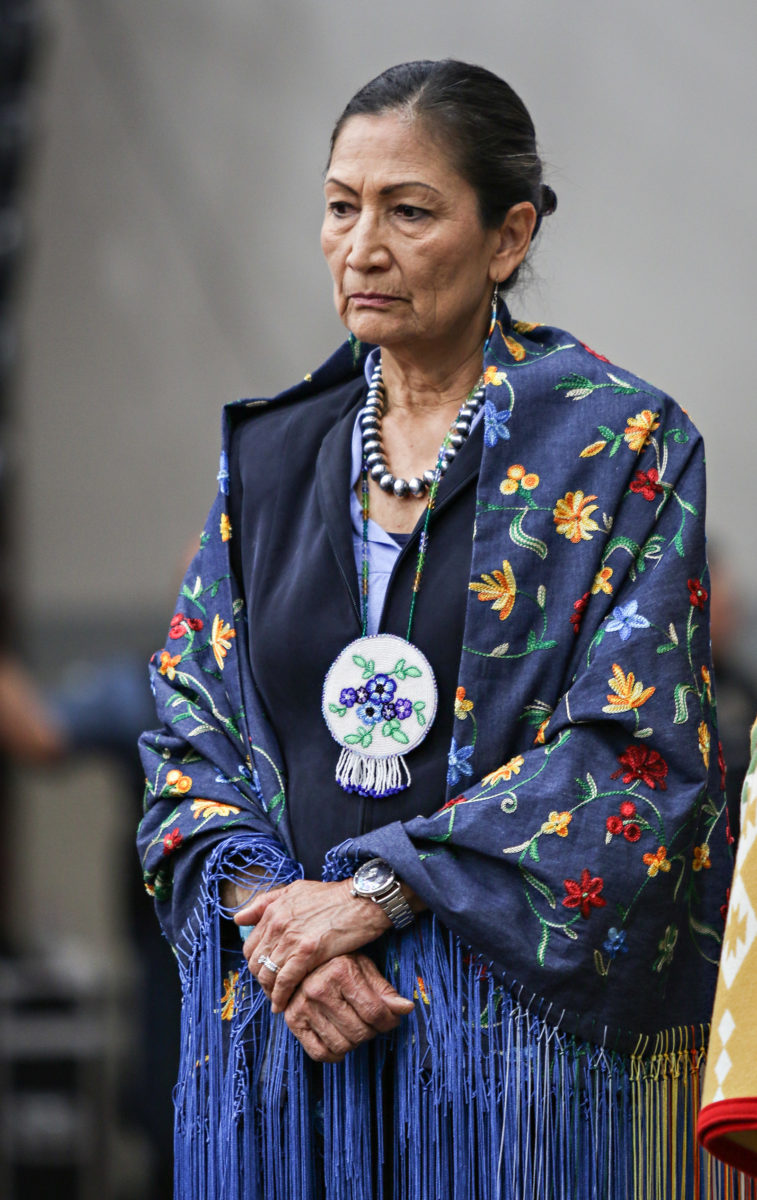
Throughout the celebrations, tribal elders relayed the history of the Tribes’ relationship with the buffalo, both in person and through screenings of the short documentary film, “In the Spirit of Atatice: The Untold Story of the National Bison Range,” which was commissioned by CSKT to explain how members of the Tribes were responsible for initially bringing buffalo to the Flathead Indian Reservation from across the Continental Divide when the animals were at the brink of extinction, a narrative that was fractured by the creation of the Bison Range.
The idea to restore bison to the Flathead Reservation dates to the 1860s when a tribal member named Atatice, or Peregrine Falcon Robe, was on a buffalo hunt across the Continental Divide and asked the tribal chiefs if they could bring some bison back with them, but the chiefs were at an impasse.
His son Latati, or Little Falcon Robe, was able to realize his father’s vision while on a buffalo hunt by bringing some orphaned calves across the Divide. A small herd began to flourish on the Reservation, but in 1884, Latati’s stepfather sold the herd to tribal members Michel Pablo and Charles Allard without Latati’s consent.
The Allard-Pablo herd continued to grow and, in 1901, a portion of the herd was sold to Charles E. Conrad in Kalispell. Three years later, the Flathead Allotment Act opened land to non-Indian homesteaders, effectively ending free range on much of the Reservation and allowing the federal government to force Pablo to sell the remaining head of his herd.
When the American Bison Society began scouting land to establish a bison range to preserve the species, the organization contracted with the ecologist Morton J. Elrod, a professor at the University of Montana who recommended the Flathead Indian Reservation as a fitting landscape, where the species could return to its native land. In 1908, the federal government seized 18,524 acres of land to establish the National Bison Range.
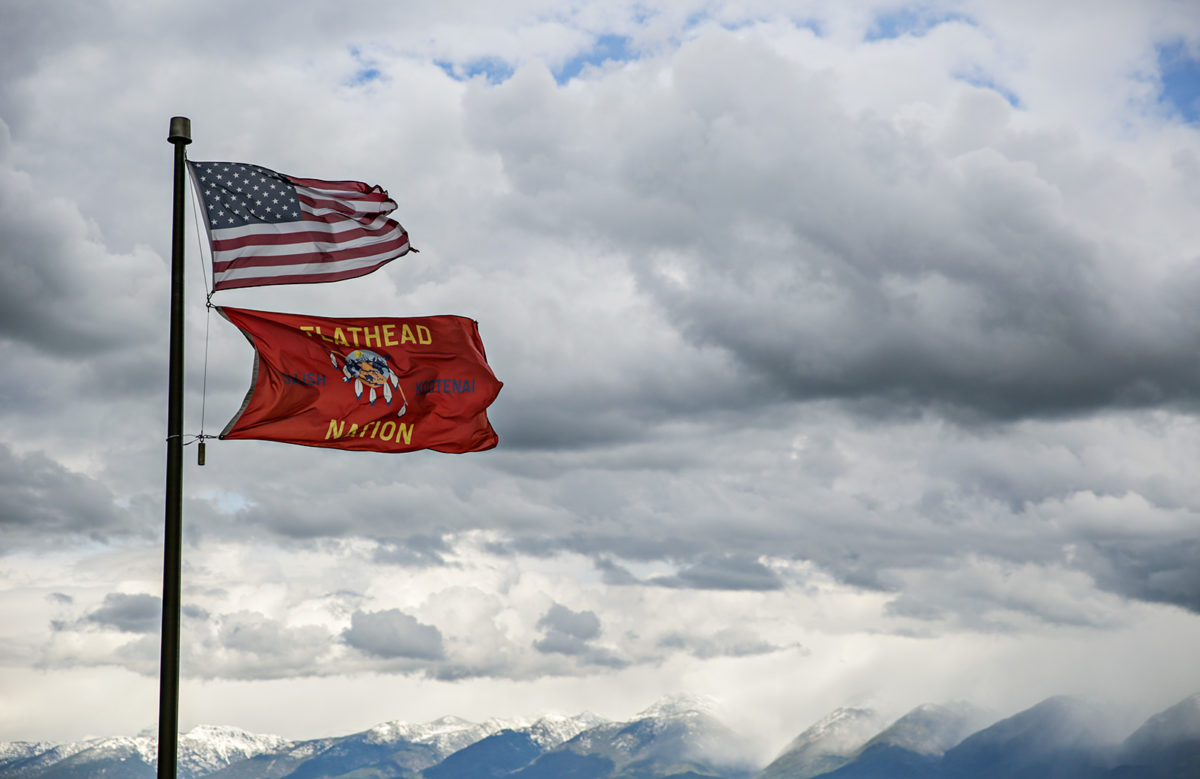
In a wrenching twist of irony, the 36 animals that made up the initial herd for the range were purchased from the Conrad family — the same animals (or their direct descendants) that formed the Allard-Pablo herd prior to the federal government’s forceful removal.
The establishment of the Bison Range continued the fragmentation of the reservation, which was reflected in the Salish translation for the range: “fenced-in place.”
“It was common knowledge that the fence was as much to keep the Indians out as it was to keep the buffalo in,” former CSKT councilman Leonard Gray said over the weekend. “I remember growing up driving down [U.S. Highway] 93 heading toward Ravalli and knowing this was the Bison Range but that it was federal land and I just didn’t feel welcome.”
For decades, tribal members were prohibited from working for the Bison Range; as recently as the early 2000s, only one tribal member, Darren Thomas, was employed there.
“There’s so many things you can learn from a buffalo — from how they act, how they behave, their strength, their kindness, their wiseness, how they run in a herd,” Thomas said. “So as a Flathead Nation, now we are truly a buffalo nation.”
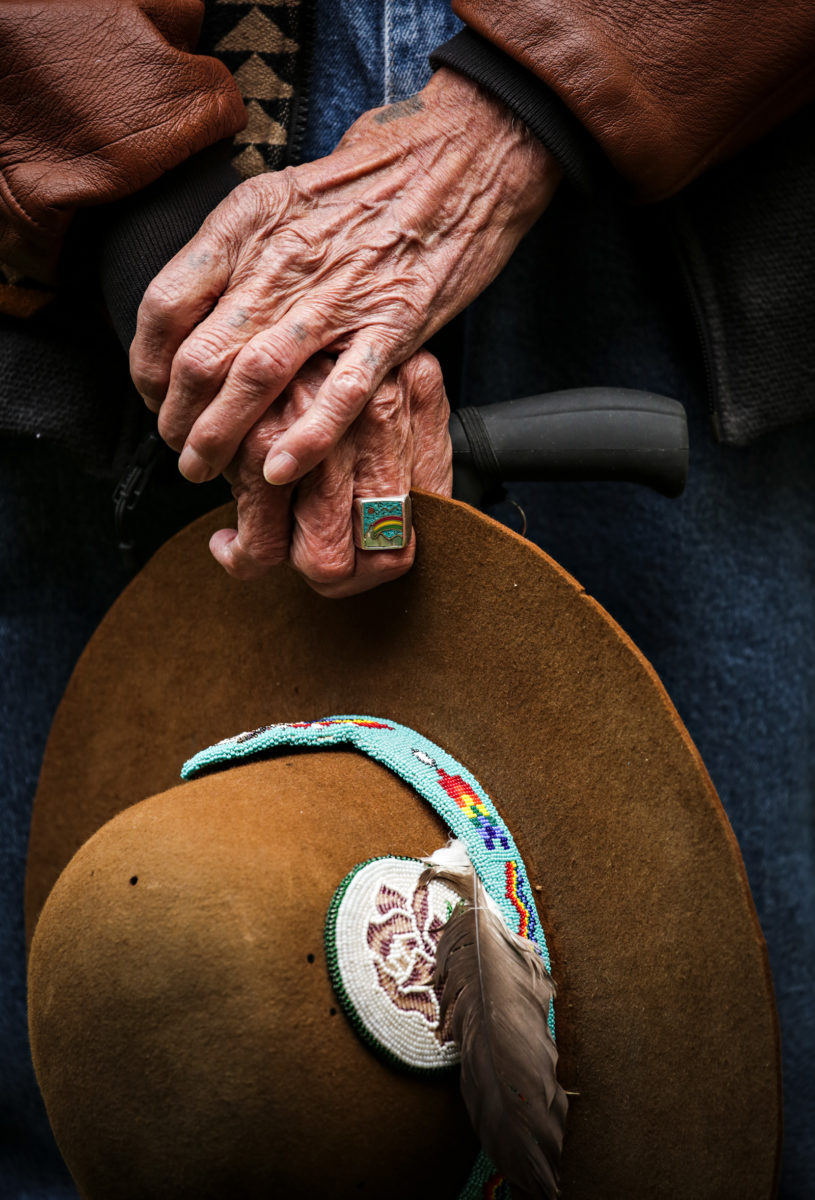
Rich Janssen has worked for the NRD for more than a decade, helping to steer conservation and restoration work across the 1.25 million-acre reservation, protecting habitat for everything from grizzly bears and bighorn sheep to trumpeter swans and bull trout.
That meant managing thousands of acres abutting the imaginary ecological boundary of the Bison Range, including shared wetlands, watersheds and wildlife habitat, without being able to complete the same work on the other side of the fence.
Now conservation work can continue unfettered by jurisdictional divides, an efficient, but subtle difference. Day-to-day management of the range and bison hasn’t changed much since the transition from federal to tribal management, though Janssen said one difference is how the annual bison roundup is conducted. The roundup allows biologists to monitor the health of the herd, as well as cull some animals to send to other herds or auction off to raise funds for the range. Starting last fall, staff implemented a low-stress handling procedure, doing away with the use of whips and horses and cattle-like treatment.
“The roundup took a little longer than normal,” Janssen said. “It was an extra day to gently move them through the corrals and handle them with the respect they deserve and we’re already seeing the changes in the bison. They’re really taking to our way of caring for them.”
The most visible change to the Bison Range is at the visitor’s center in Moiese, where a newly renovated wing of exhibits details the history of the Tribes’ relationship to the bison and the land. There are also plans for a cultural center and a second entrance to the range at the top of Ravalli Hill, located directly off U.S. Highway 93, which will make access easier for travelers.
“We’re getting a lot of traffic and it’s only getting larger,” Janssen said. “We’re inviting the public to come out and enjoy the Bison Range, especially if they can’t get into Glacier and can’t get into Yellowstone.”
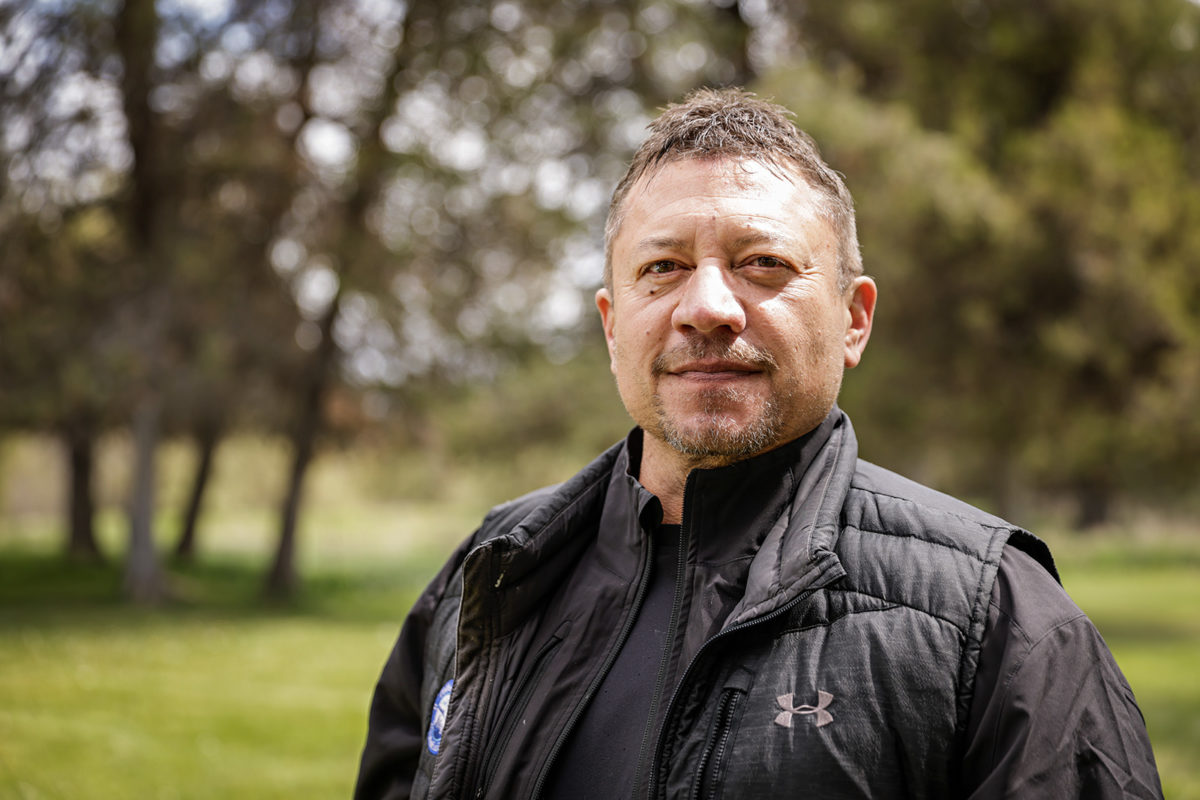
Preparing for a greater number of visitors means addressing a backlog of deferred maintenance on the Bison Range that has piled up through the years. Janssen said the Tribes are working on improving the roads, making the visitor’s center ADA accessible and upgrading technology to make both staff and visitor experiences smoother.
“Some people have been worried about the transition, but we’ve already got our feet on the ground, and I don’t worry about this place failing,” said Camel-Means, the NRD’s division manager of fish, wildlife, recreation, and conservation. “We can manage wildlife and we can manage places and now we get to manage this land in the same way. Failure isn’t a term that’s part of my vocabulary anymore because we don’t have to worry about other people ruining things for us for a political agenda.”
If there was one entity that didn’t seem to understand the magnitude of the weekend’s celebration, it was the dozens of buffalo lounging hillside across the Bison Range, unfazed by the procession of cars driving past, visitors snapping photos through open windows.
Just over the summit of Red Sleep Mountain, a few bison were grazing among the blooming yellow arrowleaf balsamroot. Standing out in stark contrast to the adult’s dark brown shapes were a few diminutive reddish baby buffalo, a few of the 20 calves born this spring, which Secretary Haaland fittingly referenced in her closing remarks.
“Today represents a return to something pure and sacred,” she said. “I am confident that the future is as bright for the little calves just learning to walk in the spring as for the generations of CSKT members who will be reconnected with their ancestral traditions over the decades.”
